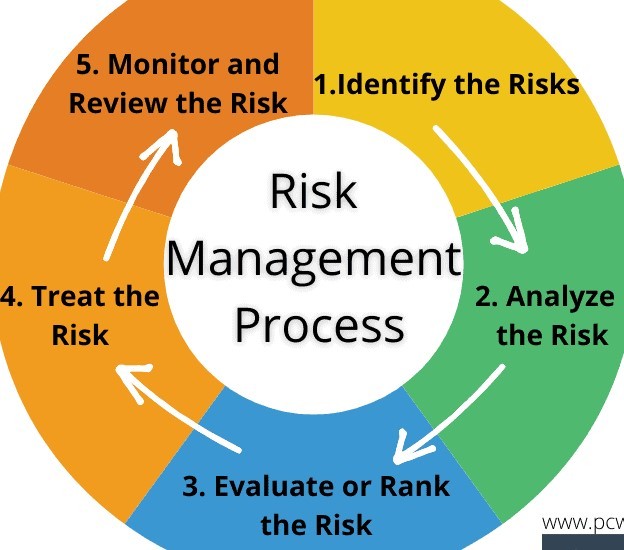Addressing the Unseen Risks: The Importance of Risk Management in Digital
Addressing the Unseen Risks: The Importance of Risk Management in Digital
Blog Article
The Importance of Comprehending the Value of Risk Management in Numerous Industries

The Core Concept of Risk Management and Its Objective
Risk Management, the cornerstone of several sectors, hinges on the identification, examination, and reduction of uncertainties in a business setting. By properly determining possible risks, organizations can develop approaches to either protect against these risks from occurring or reduce their effect. Once threats have been recognized and examined, the mitigation procedure includes devising methods to decrease their possible impact.
Benefits of Applying Risk Management in Organization Procedures

Revealing the Role of Risk Management in Different Industries
While every industry confronts its special set of risks, the application of Risk Management strategies continues to be an usual in their search of sustainability and growth. In the medical care sector, Risk Management entails ensuring individual safety and data protection, while in finance, it entails mitigating financial investment risks and making certain regulatory compliance. Ultimately, the function of Risk Management across sectors is to recognize, evaluate, and reduce risks.
Real-life Instance Research Studies Demonstrating Effective Risk Management
To comprehend the significance of Risk Management in these several industries, one can look to a number of real-life circumstances that show the successful application of these procedures. Toyota, post the 2011 earthquake in Japan, changed its supply chain Management to reduce disturbance dangers. These cases show just how industries, learning from situations, effectively used Risk Management techniques to decrease future risks.
Future Patterns and Developments in Risk Management Techniques
Cybersecurity, as soon as a peripheral concern, has actually catapulted to the center of Risk Management, with methods focusing on feedback, avoidance, and discovery. The assimilation of ESG (Environmental, Social, Governance) variables into Risk Management is one more expanding trend, showing the raising recognition website here of the function that environmental and social threats play in service sustainability. Therefore, the future of Risk Management exists in the blend of innovative innovation, cutting-edge techniques, and a holistic strategy.
Verdict
To conclude, comprehending the significance of Risk Management across a spectrum of sectors is essential for their durability and success. Tailored methods can help reduce prospective threats, secure properties, and foster stakeholder trust fund. Furthermore, positive decision-making aids in governing compliance and maximizes resource usage. Eventually, effective Risk Management adds to a lot more sustainable and resistant companies, highlighting the relevance of this method in today's vibrant and highly competitive company atmosphere.
While every sector challenges its unique collection of threats, the application of Risk Management techniques remains an usual in their search of sustainability and development. In the medical care field, Risk Management entails making sure client security and data protection, while in finance, it includes mitigating investment risks and making sure regulatory conformity. Inevitably, the role of Risk Management throughout industries is to recognize, assess, and alleviate threats. These situations show just how markets, learning from situations, successfully applied Risk Management techniques to lower future risks.

Report this page